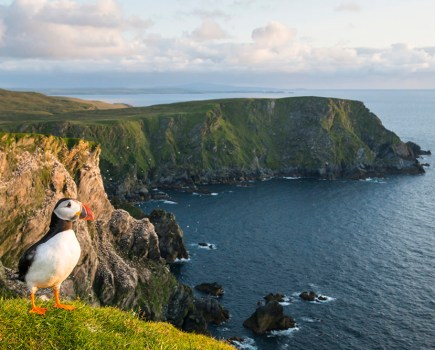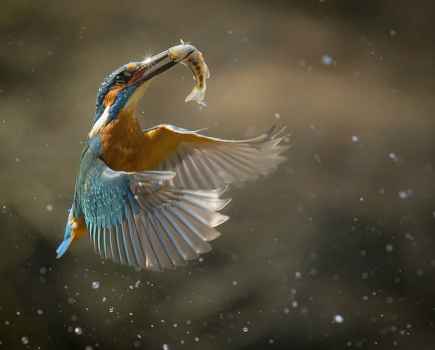Ideally, we’d all photograph wild animals in their natural habitat, but generally wild lions and tigers aren’t exactly close at hand. For most people, the nearest they will get to exotic wild beasts is a visit to the zoo, where there is a captive audience (literally). The downside is that you can end up with a rather amateurish-looking zoo picture.
The first thing to consider when striving for better zoo shots is equipment. You need a decent interchangeable-lens camera and a choice of fast (wide-aperture) lenses, including a fast zoom. Flashguns are generally discouraged as they can upset the animals, but a bit of fill-in flash in bright sunlight should be OK. Always check the zoo’s photography policy before you start.
- Photograph the animals in a natural-looking context, such as vegetation or water. Avoid fences and other zoo apparatus – this is easier in a safari park than in a city zoo. Look for the best angle and be prepared to change position.
- You might need to shoot through a fence. To blur out the wire, place the centre of your lens over spaces in the mesh (a lens hood can protect the glass) and use a long focal length and wide aperture. Then focus on the animal.
- Capture animal behaviour and movement. Make sure the background is clean and focus carefully on the lead animal’s eyes, using continuous AF to track movement. Fast shutter speeds/ higher ISOs are often needed.
- Always think about perspective. Shoot from below to get imposing portraits of big cats, or above to give a sense of scale with smaller creatures. Never ignore safety rules to try to get closer to animals.







